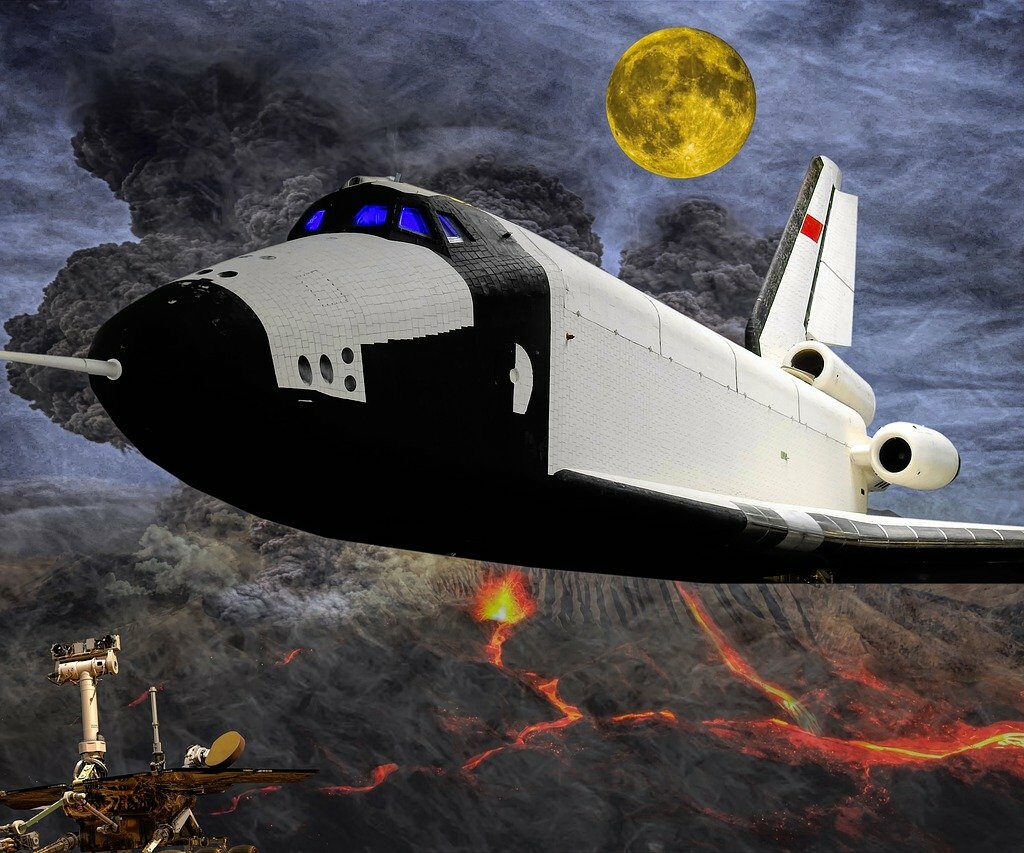

After three delays, Japan’s SLIM lander finally launched to the Moon on September 6, 2023. The lander, which stands for Smart Lander for Investigating Moon, is a small but powerful spacecraft that is packed with cutting-edge instruments. SLIM is designed to land on the Moon’s surface and explore the lunar regolith, or loose surface material. The lander will also search for precious resources, such as water ice, that could be used to support future human missions to the Moon.
The launch of SLIM is a major milestone for Japan’s lunar exploration program. The lander is the first of several missions that Japan plans to send to the Moon in the coming years. SLIM will pave the way for future missions, such as a robotic rover that will follow in SLIM’s footsteps in 2024. The lander’s success will also demonstrate Japan’s capabilities in space exploration and its commitment to advancing scientific knowledge.
The Challenges of Launching SLIM
The launch of SLIM was not without its challenges. The lander was originally scheduled to launch in August 2023, but it was delayed three times due to technical problems. The first delay was due to a problem with the lander’s propulsion system. The second delay was due to a problem with the lander’s communication system. The third delay was due to bad weather conditions at the launch site.
Despite the delays, the SLIM team was able to successfully launch the lander on September 6, 2023. The lander is now on its way to the Moon, and it is expected to land on the lunar surface in February 2024.
The Impact of SLIM on Lunar Exploration
The launch of SLIM is a major milestone for Japan’s lunar exploration program. The lander is the first of several missions that Japan plans to send to the Moon in the coming years. SLIM will pave the way for future missions, such as a robotic rover that will follow in SLIM’s footsteps in 2024. The lander’s success will also demonstrate Japan’s capabilities in space exploration and its commitment to advancing scientific knowledge.
SLIM is equipped with a variety of instruments that will allow it to conduct a variety of experiments on the lunar surface. These experiments will focus on the following areas:
- The composition of the lunar regolith
- The presence of water ice
- The history of the lunar surface
- The lunar environment
SLIM will also collect data on the lunar surface conditions, such as the temperature, pressure, and radiation levels. This data will be used to help plan future human missions to the Moon.
The success of SLIM will inspire other countries to pursue their own lunar missions. In the coming years, we can expect to see more and more spacecraft exploring the Moon. These missions will help us to learn more about the Moon’s history and geology, and they will also pave the way for future human missions to the Moon.
The Future of Lunar Exploration
The launch of SLIM is a significant step forward for lunar exploration. The lander’s success will help us to learn more about the Moon’s history and geology. This information will be essential for planning future human missions to the Moon. Second, SLIM will search for water ice on the Moon. Water ice is a valuable resource that could be used to support future human missions to the Moon. Third, SLIM will test new technologies that could be used in future lunar missions.
The SLIM mission is just the beginning of Japan’s lunar exploration program. In the coming years, JAXA plans to send more missions to the Moon, including a robotic rover and a crewed mission. These missions will help us to learn more about the Moon and its resources, and they will also pave the way for future human missions to the Moon.
The SLIM mission is also an important part of the global effort to explore the Moon. The United States, China, Russia, and India are all planning their own lunar missions in the coming years. These missions will help us to learn more about the Moon and its resources, and they will also help us to prepare for future human missions to the Moon.
The exploration of the Moon is a long and challenging journey, but it is one that is essential for our future
